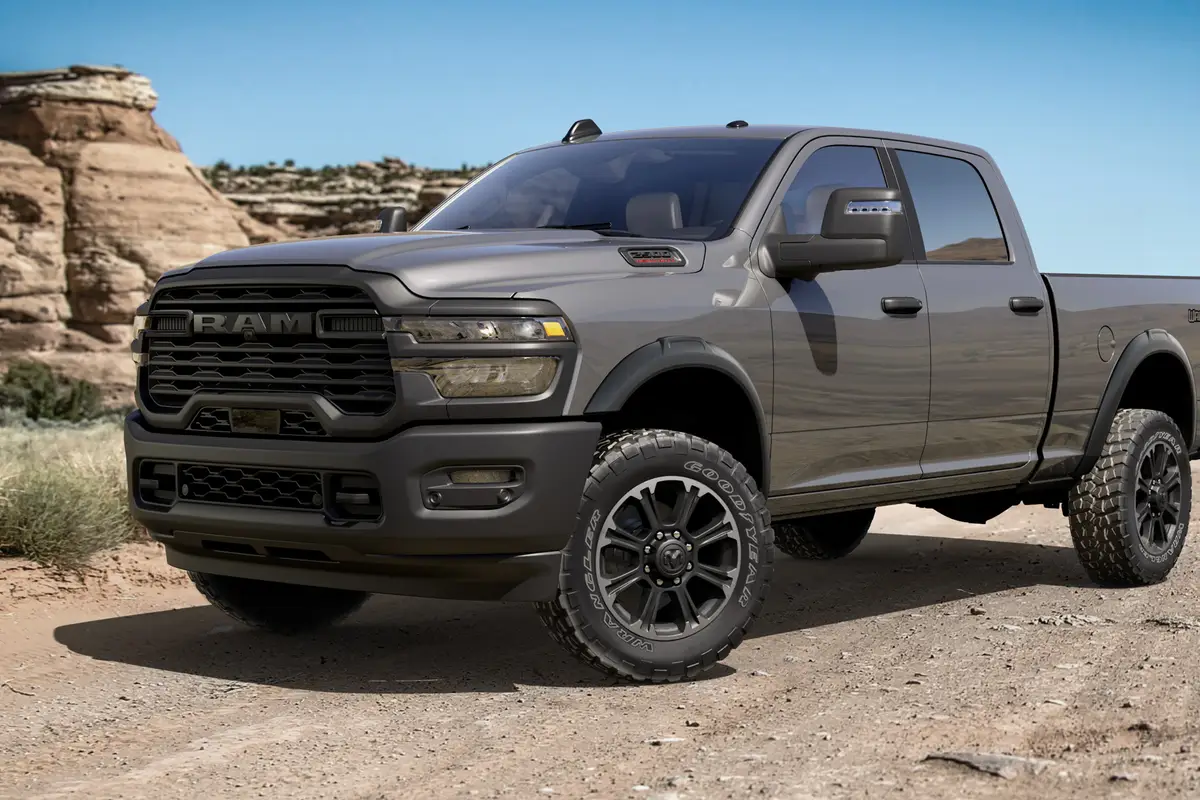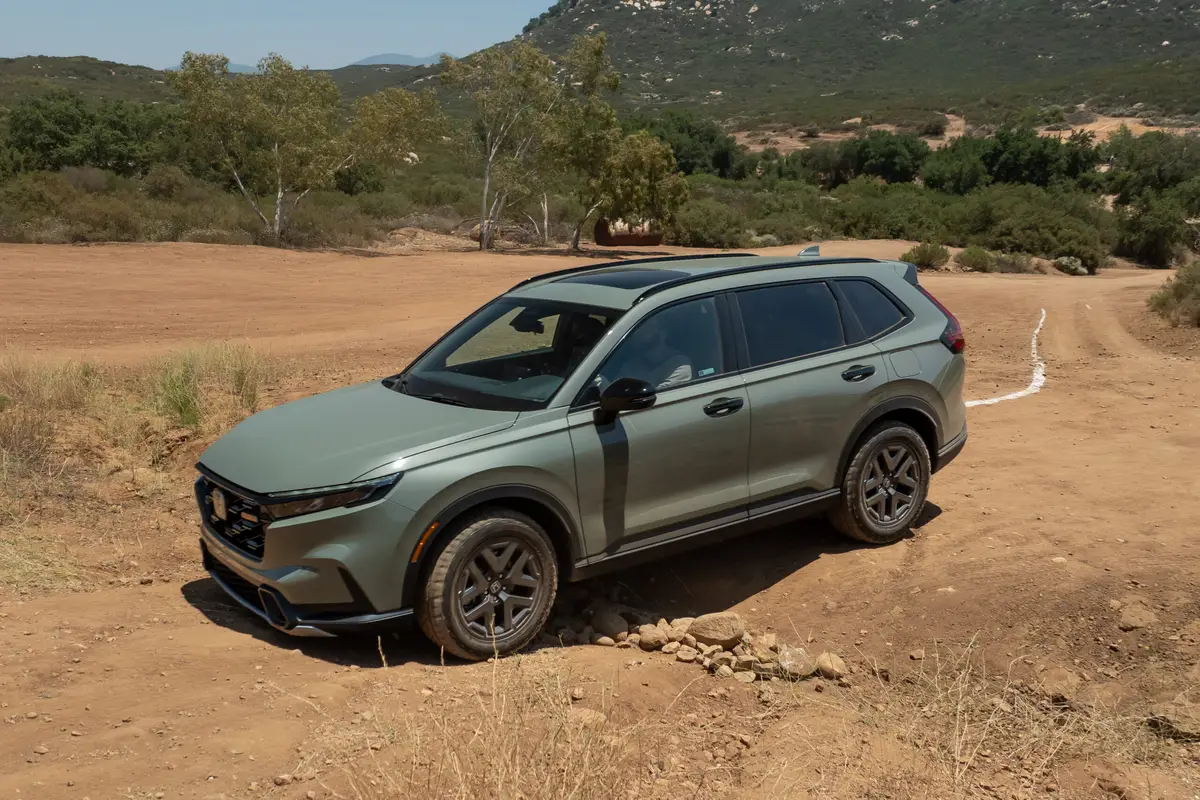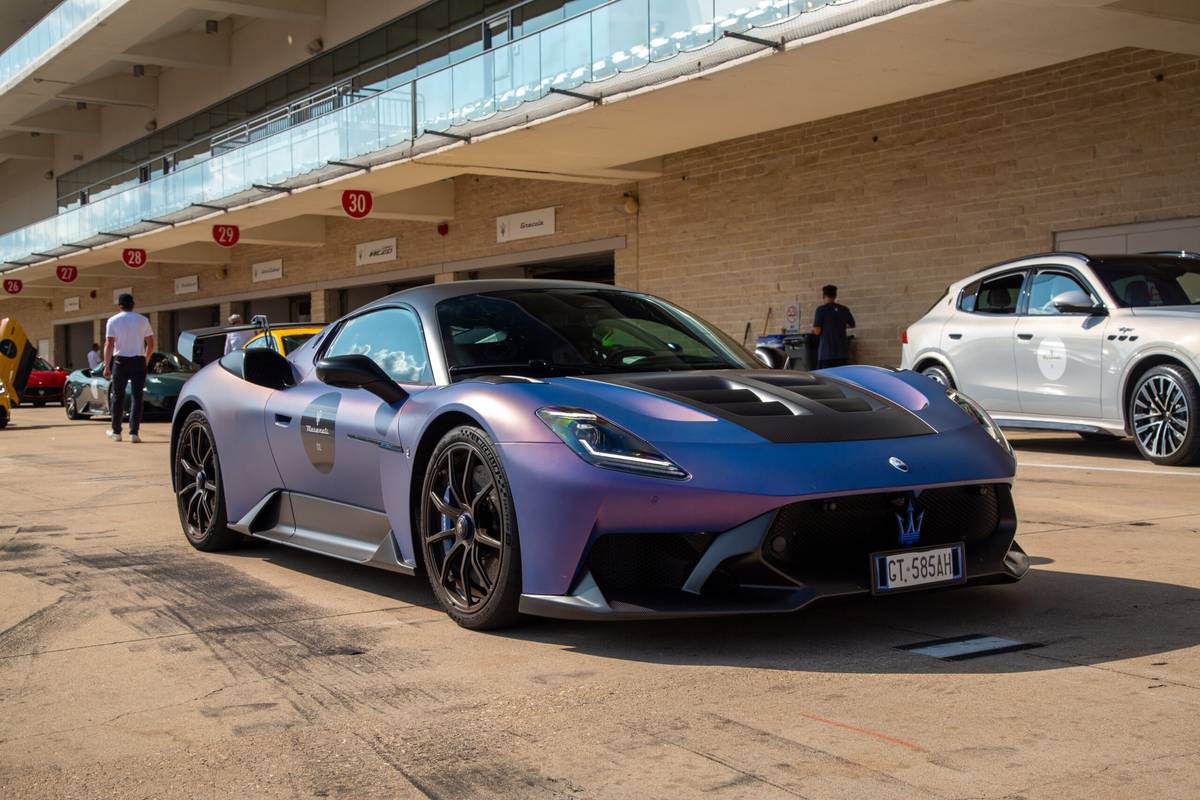TheMercuryNews.com's view
Before you ask, no, I’m not in a bad mood.
I don’t like white cars, and the 2005 Suzuki Reno I drove this week was painted a shade called absolute white.
I don’t like hatchbacks. Well, let me amend that because so many wagons and psuedo-SUVs these days are shaped like hatchbacks that I’m starting to come around. That said, the old-fashioned hatchback shape – think Chevy Chevette, Mazda 323, Geo Metro – remains ghastly to my eye. And, unfortunately, the new Suzuki Reno has adopted that shape.
I don’t like Reno. OK, it’s better than Laughlin, but as a car name it ranks right down there with Touareg, Tredia and Probe.
Finally, and a bit more to the point, I stepped into this compact four-door that’s sold by a Japanese automaker, built in South Korea and equipped with an engine that”s made in Australia, and I wondered, “Is this the best the global auto industry can offer?”
Especially at nearly $18,000. I’m occasionally surprised when a car costs much less than I would have guessed. This time, I figured on a $12,000 to $14,000 price tag, so the $17,994 window sticker was a bit shocking.
The Reno went on sale late in 2004 as a 2005 model. I must admit to being a bit perplexed as to where it fits into Suzuki’s U.S. lineup.
The Reno has four doors, carries a four-cylinder engine and measures 169.1 inches long.
The Aerio has four doors, carries a four-cylinder engine and measures 171.3 inches long. (The Aerio wagon version is a bit shorter.)
The Forenza has four doors, carries a four-cylinder engine and measures 177.2 inches long.
If you’re thinking that price helps sort out the Suzuki lineup of small cars, think again.
The cheapest Reno is $13,994. The cheapest Aerio is $13,994. The cheapest Forenza is $13,994.
Do some card shuffling and you’ll see slight differences.
The Forenza comes as a sedan or a traditional small wagon. The Aerio comes as a sedan or a tall wagon, although Suzuki calls it a five-door sport crossover, and offers all-wheel drive. The Reno is available only as a five-door hatchback.
That means it competes against cars like the Ford Focus ZX5, the Scion xA, the Toyota Matrix, the Pontiac Vibe, the Kia Spectra5 and the Mazda3.
I’d have to say I like the Reno least of all those models.
The exterior, especially coated in absolute white paint, is beyond dull. It has an odd, almost unpleasant shape that I just can’t imagine many people would find appealing.
Better on the inside
The interior, however, is very nice. It’s simple, but that’s a good thing. A strip of matte metal provides a nice accent to the grained plastic surfaces. The instrument panel is arranged intelligently, while the gauges are easy to find and use.
The circular air vents look too small, but they work fine. Front seats are comfortable, but the rear seat is a bit short of leg, shoulder and head room for some adults, and I wouldn’t recommend trying to squeeze five folks into the Reno. The gray leather that covers the seats, steering wheel and shift knob isn’t especially rich like you’d find in an Audi or Cadillac. Still, it’s surprisingly nice – if it’s worth the money to you.
One of the car’s big problems is its 2.0-liter four-cylinder engine. It makes only 126 horsepower, and that’s just not competitive these days. Ford has 136 in its Focus ZX5. A 138-horsepower engine is used in both the Hyundai Elantra and the Kia Spectra5. Toyota’s Matrix makes 130, while the Mazda3 gets 160 horsepower from its 2.3-liter four.
Beyond the numbers game, the Reno feels under-powered on the road. The four-speed automatic, standard on the top-of-the-line EX model, doesn’t help. Getting up to speed on a short interstate ramp is an exercise in “C’mon, c’mon.” Once at speed, either on city streets or even on the interstate, the engine is OK – a bit buzzy, but adequate.
I like the way small cars ride, and the Reno’s handling is decent, but its steering is a bit dull. Brakes are discs all around, which is good as some competitors still go with rear drums. Its 15-inch wheels are smaller than those on the Focus, Spectra5, Matrix and Mazda3.
Poor gas mileage
Gas mileage at 22 mpg in the city and 30 mpg on the highway is very poor for a compact car. The Scion xA, Hyundai Elantra and Toyota Matrix all get much better mileage. And the Focus ZX5, Kia Spectra5 and Mazda3 are a few miles per gallon superior.
There are some positives to note about the Reno. The cargo area under the rear hatch is quite useful. It measures only 8.8 cubic feet, but the second-row seat backs split and fold, and cargo room then grows to 45.4 cubic feet. I threw lots of sports gear and groceries back there and there was still room to spare.
And the EX model that I drove was very well-equipped, featuring an eight-speaker stereo with a CD/MP3 player, air conditioning, tilt steering, leather seats and a sunroof.
That said, leather seats and a sunroof are the kinds of things that make the Reno way too expensive at nearly $18,000. (I should note that pricing services such as Edmunds.com suggest you’ll pay less than sticker price after rebates and discounts.)
A less well-equipped model would be a better choice. The Reno S is the cheapest choice, and it comes without cruise control, fog lamps and leather seats. The mid-grade LX gets alloy wheels, cruise control and a leather-wrapped steering wheel, but not the cow-skin seats.
The Reno shares its platform and engine with the Forenza sedan and wagon. While they share the Reno’s weaknesses – wimpy engine, bad gas mileage – both are more attractively styled.
Suzuki’s U.S. sales rose 26 percent last year, so it must be doing something right. I just don’t think the Reno is one of those things.
Contact Matt Nauman at mnauman@mercurynews.com or (408) 920-5701.
Latest news



